Home>Furniture & Design>Bathroom Accessories>What Side Of A Shower Curtain Liner Goes Inside
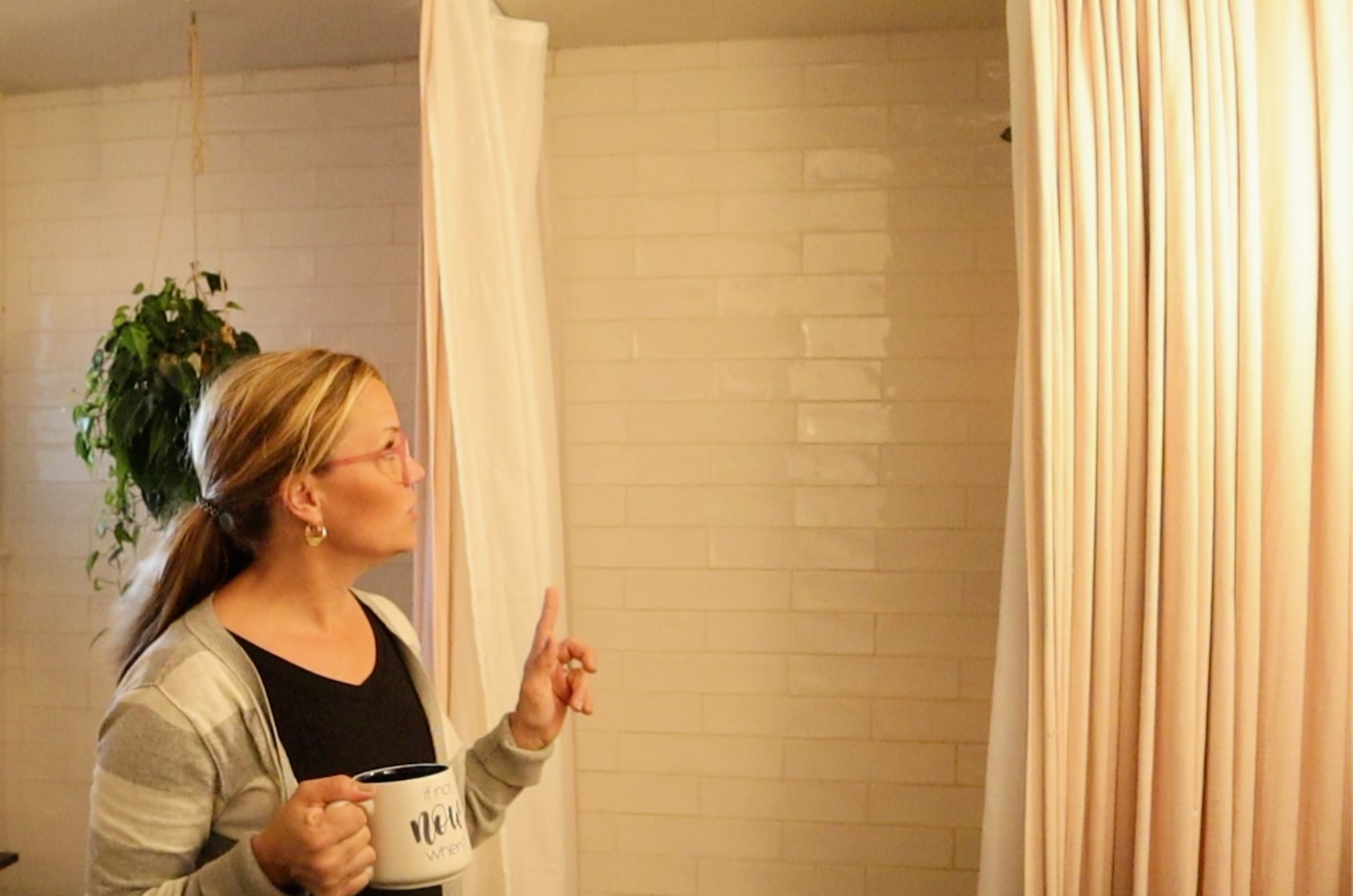

Bathroom Accessories
What Side Of A Shower Curtain Liner Goes Inside
Published: February 9, 2024
Discover the right way to hang a shower curtain liner in your bathroom. Learn which side of the shower curtain liner goes inside for optimal use. Find out more about bathroom accessories now!
(Many of the links in this article redirect to a specific reviewed product. Your purchase of these products through affiliate links helps to generate commission for Storables.com, at no extra cost. Learn more)
Introduction
When it comes to setting up a shower curtain, there's often a debate about which side of the shower curtain liner should face inside the shower. This seemingly simple question has sparked numerous discussions and even confusion among many homeowners. The shower curtain liner plays a crucial role in maintaining a dry and tidy bathroom, and understanding the correct way to position it can make a significant difference in the overall functionality of the shower setup.
In this comprehensive guide, we will delve into the purpose of a shower curtain liner, explore the debate surrounding which side should face inside, and highlight the benefits of placing the correct side inward. By the end of this article, you'll have a clear understanding of the best practices for setting up your shower curtain liner, ensuring a more enjoyable and efficient showering experience.
Key Takeaways:
- Always place the smooth side of the shower curtain liner inside the shower to keep water in and maintain a safe, clean, and visually appealing bathroom space.
- By positioning the correct side of the liner inside, you can prevent water damage, extend the life of the decorative curtain, and promote a healthier, more hygienic environment in your bathroom.
Read more: What Is A Shower Curtain Liner
Purpose of a Shower Curtain Liner
The primary purpose of a shower curtain liner is to prevent water from splashing out of the shower and onto the bathroom floor. This simple yet essential accessory acts as a barrier, containing the water within the shower area and safeguarding the rest of the bathroom from potential water damage. Additionally, a shower curtain liner helps maintain privacy while showering, offering an extra layer of coverage beyond the decorative outer curtain.
Shower curtain liners are typically made from water-resistant materials such as vinyl or polyester. These materials are designed to repel water, ensuring that the liner remains dry and free from mold or mildew buildup. By creating a protective shield around the shower, the liner contributes to a cleaner and more hygienic bathroom environment.
Furthermore, the shower curtain liner serves as a practical solution for extending the lifespan of the outer decorative curtain. By shielding the fabric or decorative curtain from direct contact with water, the liner helps preserve its appearance and functionality over time. This is particularly important for curtains made from delicate or decorative materials that may not withstand frequent exposure to moisture.
In addition to its functional benefits, a shower curtain liner can also enhance the aesthetic appeal of the bathroom. Liners are available in a variety of colors and designs, allowing homeowners to coordinate them with the overall decor scheme. This versatility enables individuals to personalize their bathroom space while ensuring that the liner seamlessly complements the style of the outer curtain.
Overall, the purpose of a shower curtain liner extends beyond mere functionality; it encompasses practicality, protection, and aesthetic considerations. Understanding the significance of this often-overlooked accessory is essential for optimizing the functionality and visual appeal of the shower area within any bathroom.
Which Side of the Shower Curtain Liner Goes Inside
The debate over which side of the shower curtain liner should face inside the shower has been a topic of discussion among homeowners for years. The common consensus is that the smooth, water-repellent side of the liner should face inside the shower, while the textured or decorative side should face outward. This arrangement is based on practical considerations and is aimed at optimizing the functionality of the liner.
Placing the smooth side of the liner inside the shower serves a crucial purpose. The smooth surface is designed to repel water effectively, preventing it from seeping through and causing the outer curtain to become wet. By creating a barrier that is resistant to water, the smooth side of the liner helps maintain a dry and tidy shower area. This not only contributes to a more pleasant showering experience but also minimizes the risk of water damage to the bathroom floor and surrounding fixtures.
In contrast, the textured or decorative side of the liner, while visually appealing, is not optimized for repelling water in the same manner as the smooth side. Therefore, positioning this side outward could result in reduced effectiveness in containing water within the shower. Additionally, the textured surface may retain moisture, potentially leading to the formation of mold or mildew over time. By keeping the textured side of the liner facing outward, homeowners can maintain the visual appeal of the shower area while ensuring that the liner's functionality is optimized for water resistance.
It's important to note that some shower curtain liners are reversible, featuring a smooth surface on both sides. In such cases, either side can be positioned inside the shower, as both are designed to repel water effectively. This versatility provides homeowners with the flexibility to choose the most aesthetically pleasing side for the outward-facing surface while still benefiting from the water-repellent properties of the liner.
By understanding the optimal positioning of the shower curtain liner, homeowners can maximize its effectiveness in containing water within the shower while preserving the visual appeal and functionality of the entire shower setup. This simple yet essential practice can significantly enhance the overall showering experience and contribute to the maintenance of a clean and well-organized bathroom space.
The smooth side of a shower curtain liner goes inside the shower, as it helps to repel water and keep the liner from sticking to your body while you shower.
Benefits of Placing the Correct Side Inside
Placing the correct side of the shower curtain liner inside the shower offers a multitude of benefits that contribute to a more efficient and enjoyable showering experience. By adhering to this simple practice, homeowners can optimize the functionality of the liner and enhance the overall maintenance of their bathroom space.
First and foremost, positioning the smooth, water-repellent side of the liner inside the shower effectively contains water within the designated shower area. This containment minimizes the risk of water splashing onto the bathroom floor, reducing the likelihood of slips and falls due to wet surfaces. By maintaining a dry and secure shower space, homeowners can prioritize safety and minimize the need for frequent cleanups resulting from water seepage.
Furthermore, placing the correct side of the liner inside the shower helps preserve the integrity of the outer decorative curtain. The water-repellent properties of the smooth side prevent moisture from reaching the outer curtain, thereby safeguarding it against potential damage or discoloration. This proactive measure extends the lifespan of the decorative curtain, allowing homeowners to maintain its visual appeal and functionality over an extended period.
In addition to protecting the outer curtain, positioning the correct side of the liner inside the shower contributes to the overall cleanliness and hygiene of the bathroom. By effectively containing water and preventing it from reaching the surrounding areas, the liner helps minimize the risk of mold and mildew formation. This proactive approach to moisture management supports a healthier bathroom environment, reducing the need for extensive cleaning and maintenance while promoting a more hygienic space for homeowners and their families.
Moreover, the practice of placing the correct side of the liner inside the shower aligns with the intended design and functionality of the accessory. Shower curtain liners are specifically engineered to repel water and contain moisture within the shower area. By utilizing the liner in accordance with its intended purpose, homeowners can maximize its effectiveness and ensure that it fulfills its role in maintaining a tidy and functional shower space.
Overall, the benefits of placing the correct side of the shower curtain liner inside the shower extend beyond mere functionality; they encompass safety, preservation, cleanliness, and adherence to design intent. By embracing this simple yet impactful practice, homeowners can elevate their showering experience and contribute to the long-term maintenance of a clean, organized, and visually appealing bathroom space.
Conclusion
In conclusion, the debate over which side of the shower curtain liner should face inside the shower has been resolved, with the smooth, water-repellent side being the optimal choice for interior placement. By adhering to this practice, homeowners can harness a myriad of benefits that extend beyond mere functionality. The simple act of positioning the correct side of the liner inside the shower contributes to safety, preservation, cleanliness, and adherence to design intent.
By maintaining a dry and secure shower space, homeowners prioritize safety and minimize the need for frequent cleanups resulting from water seepage. This proactive approach not only reduces the risk of slips and falls due to wet surfaces but also supports a healthier bathroom environment by minimizing the risk of mold and mildew formation. Additionally, the water-repellent properties of the smooth side prevent moisture from reaching the outer decorative curtain, safeguarding it against potential damage or discoloration and extending its lifespan.
Furthermore, the practice of placing the correct side of the liner inside the shower aligns with the intended design and functionality of the accessory. Shower curtain liners are specifically engineered to repel water and contain moisture within the shower area. By utilizing the liner in accordance with its intended purpose, homeowners can maximize its effectiveness and ensure that it fulfills its role in maintaining a tidy and functional shower space.
Ultimately, the correct positioning of the shower curtain liner inside the shower not only enhances the overall showering experience but also contributes to the long-term maintenance of a clean, organized, and visually appealing bathroom space. By embracing this simple yet impactful practice, homeowners can elevate their showering experience and enjoy the numerous benefits that stem from optimizing the functionality of this essential bathroom accessory.
In essence, the correct placement of the shower curtain liner is a small yet significant detail that can make a substantial difference in the functionality, safety, and maintenance of the shower area. By understanding the purpose of the liner, the optimal positioning, and the associated benefits, homeowners can ensure a more enjoyable and efficient showering experience while contributing to the overall cleanliness and organization of their bathroom space.
Frequently Asked Questions about What Side Of A Shower Curtain Liner Goes Inside
Was this page helpful?
At Storables.com, we guarantee accurate and reliable information. Our content, validated by Expert Board Contributors, is crafted following stringent Editorial Policies. We're committed to providing you with well-researched, expert-backed insights for all your informational needs.
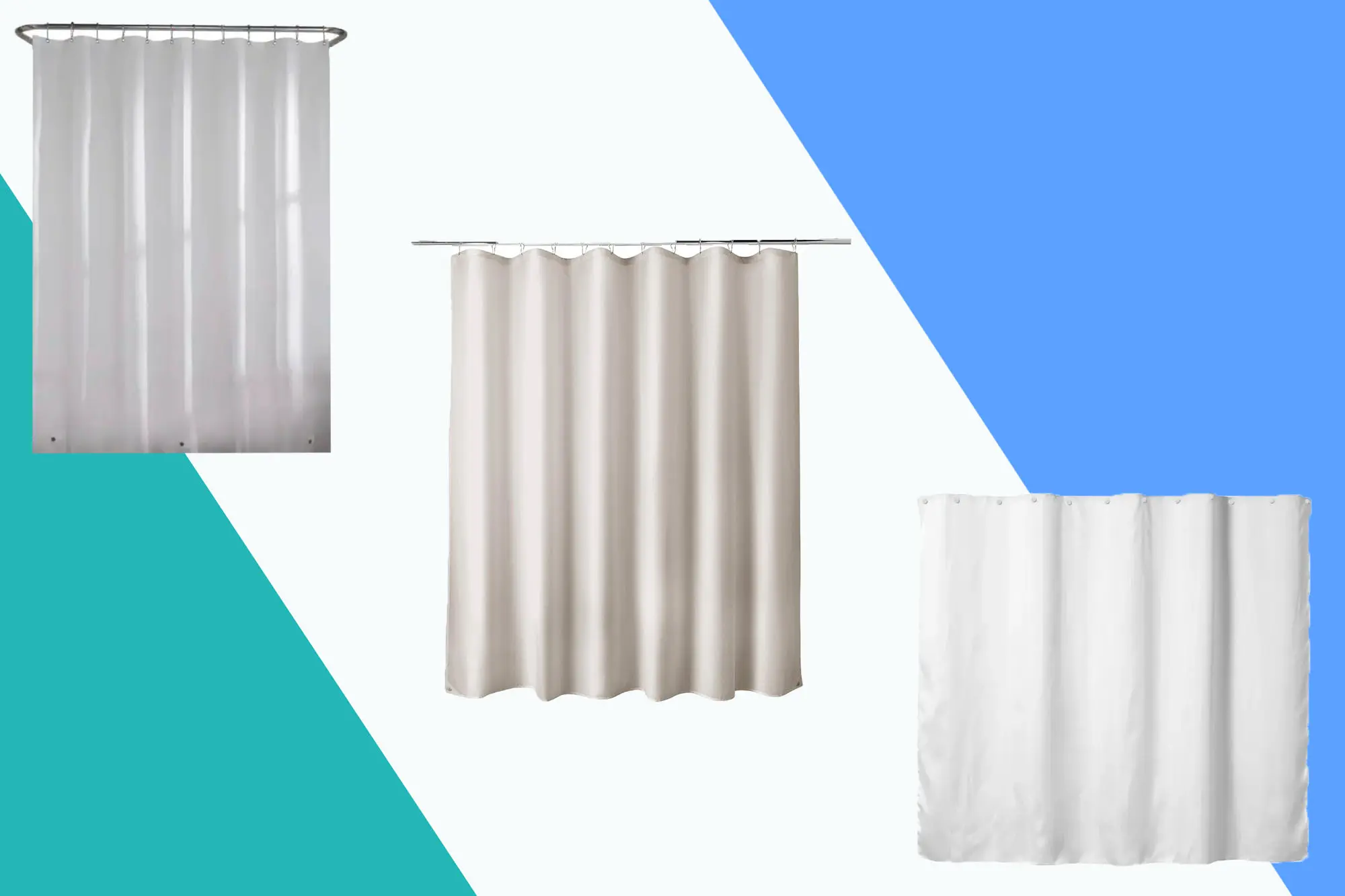
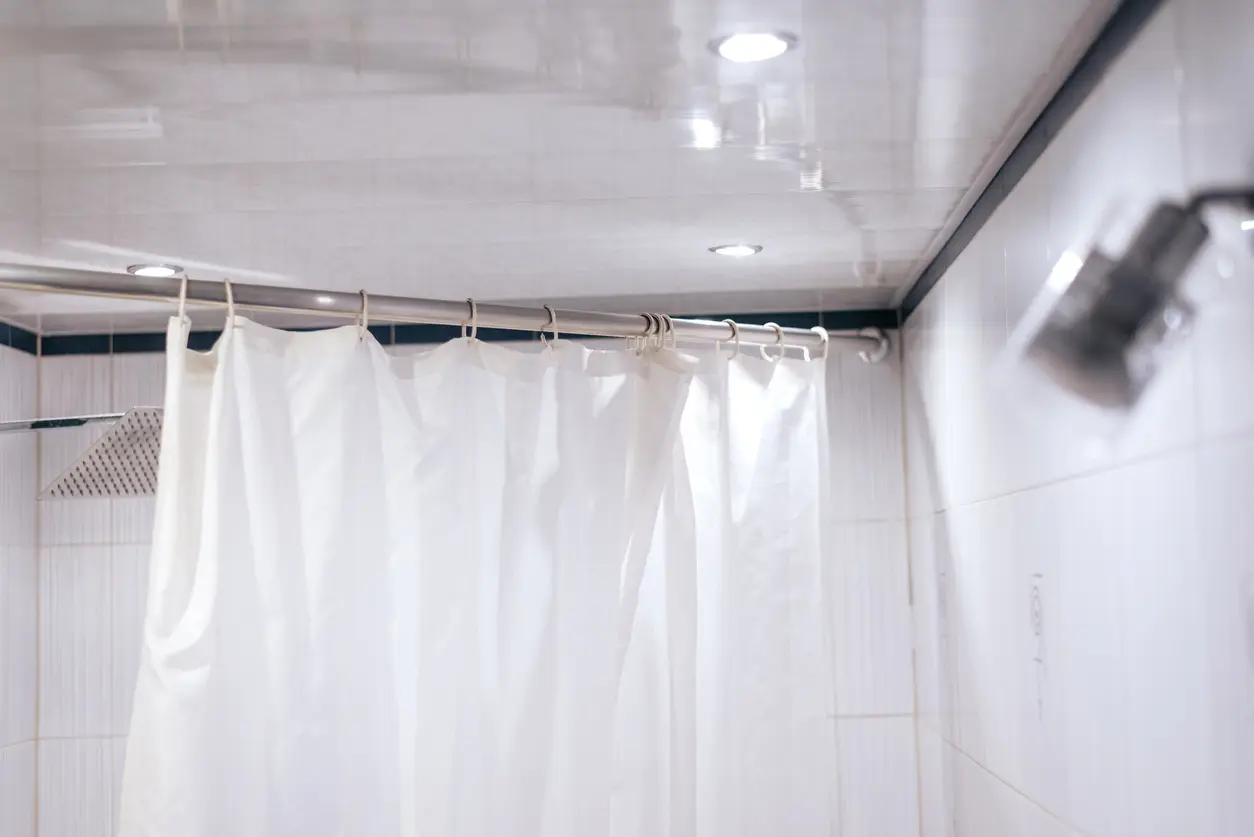
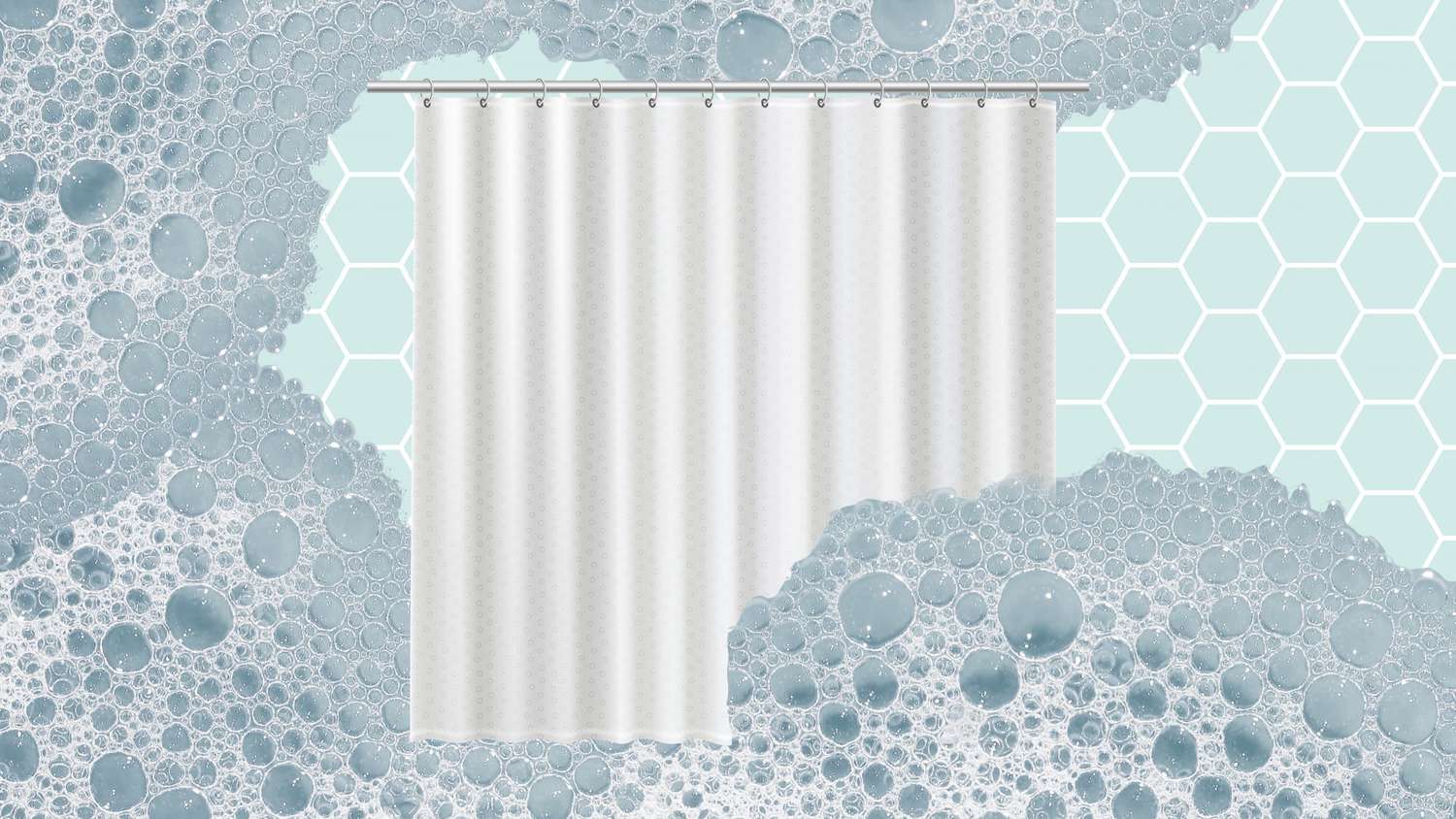
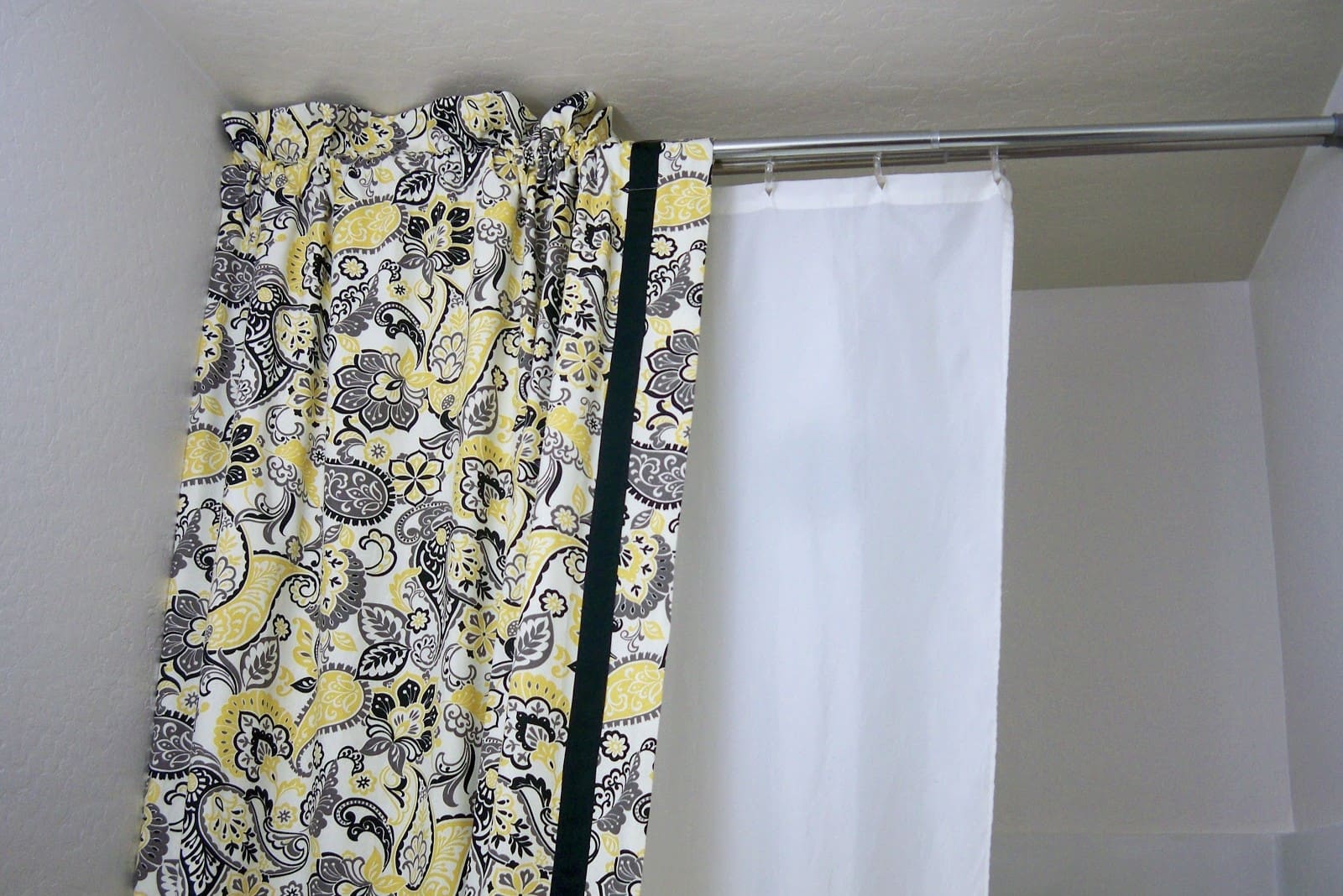
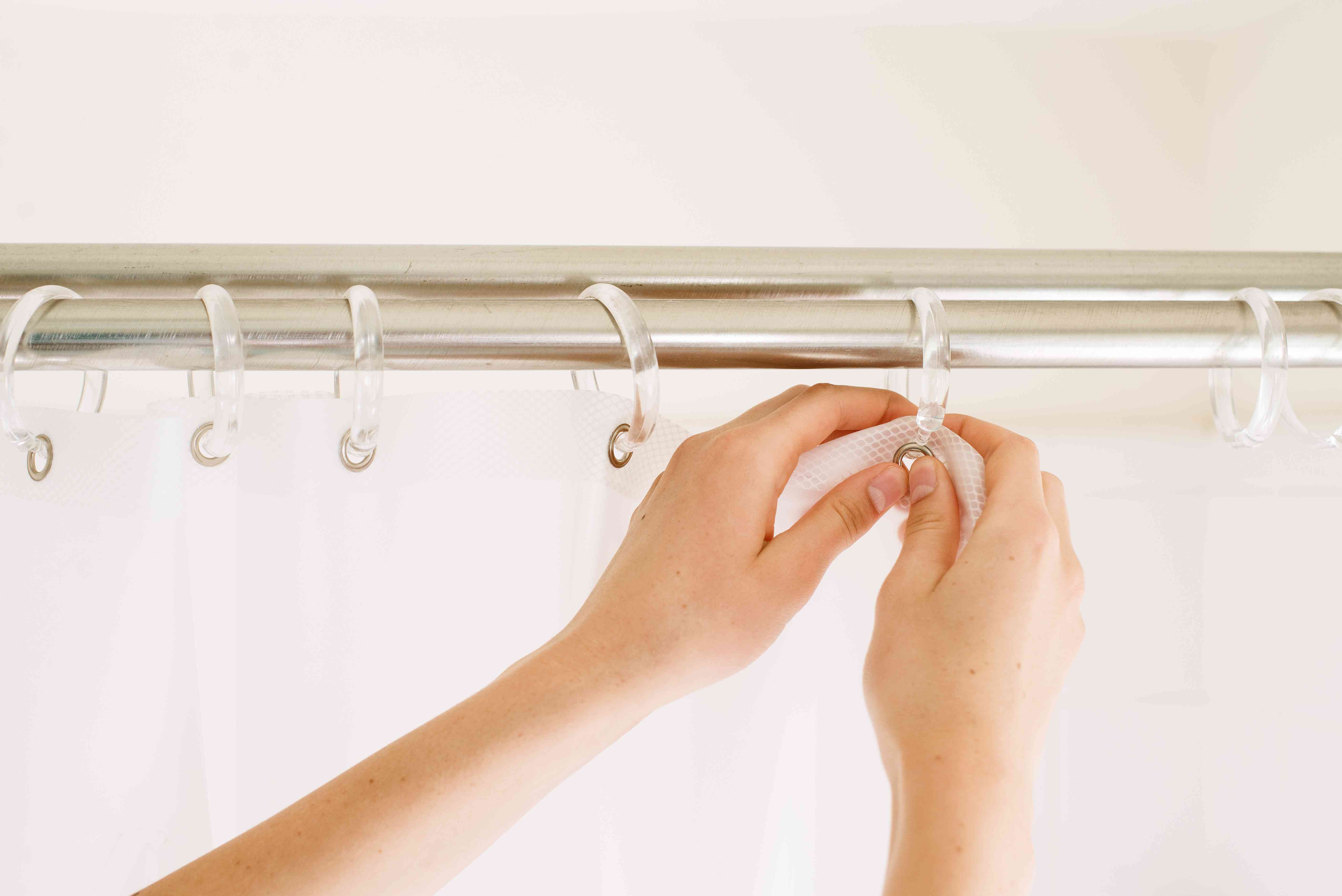
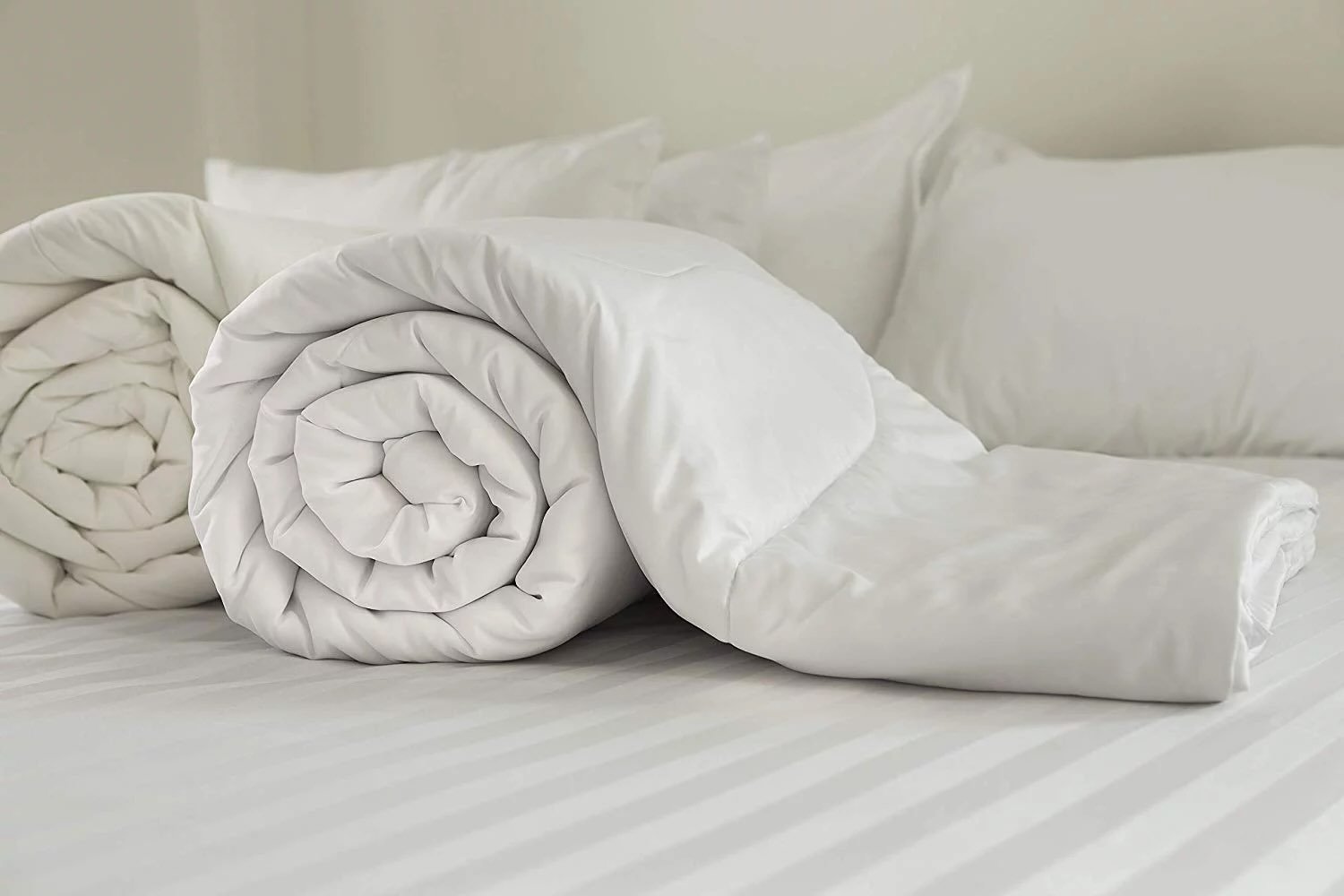
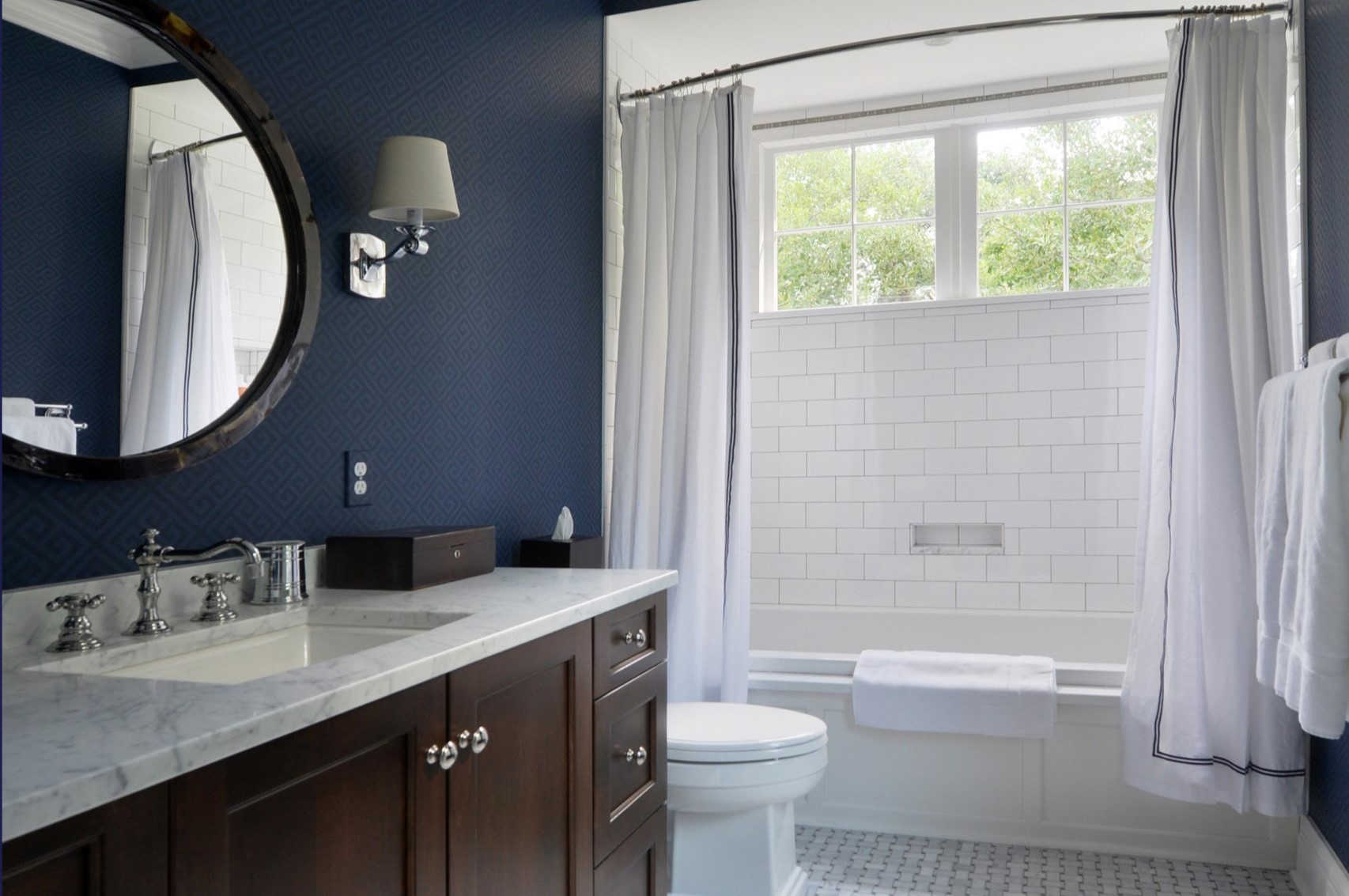


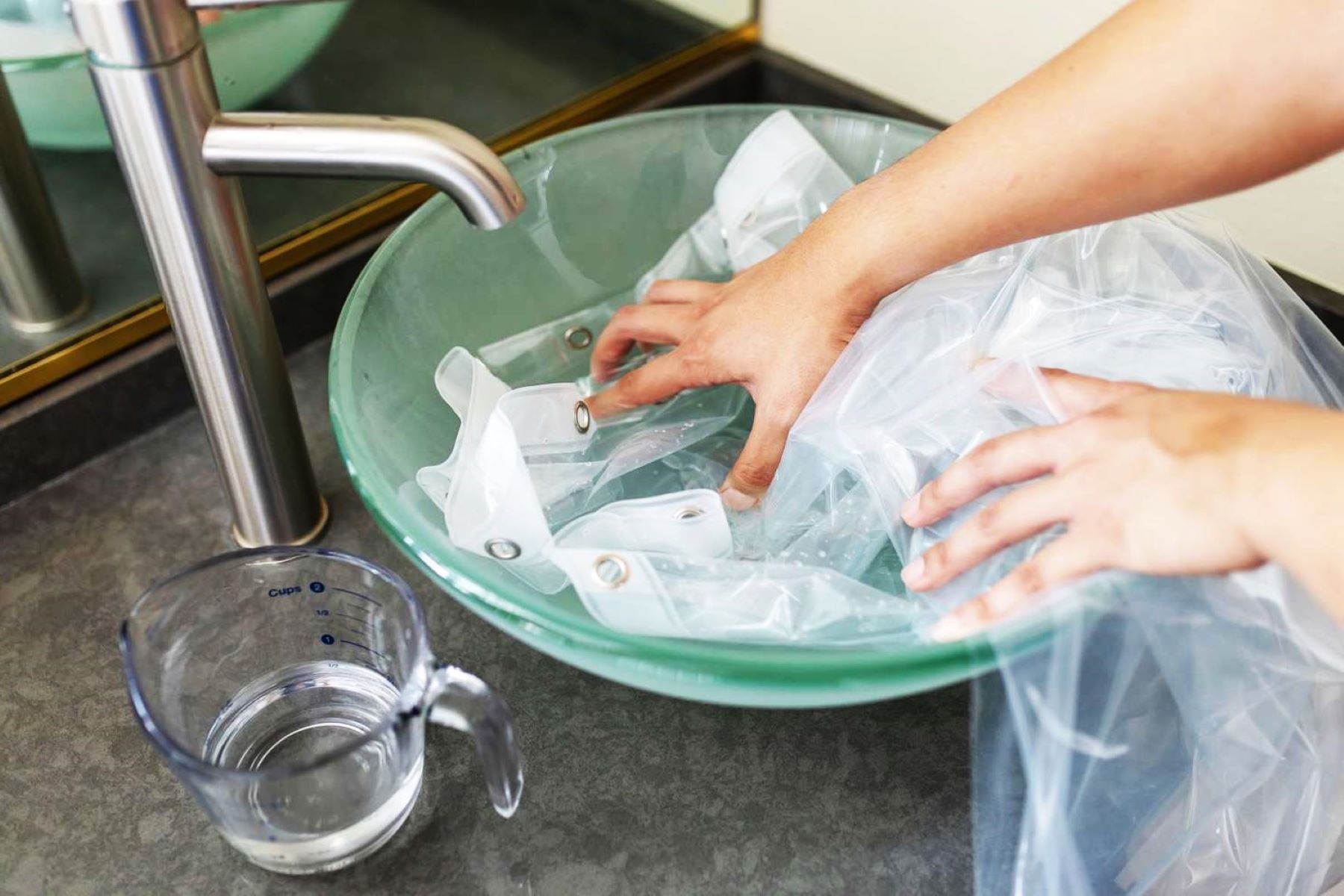
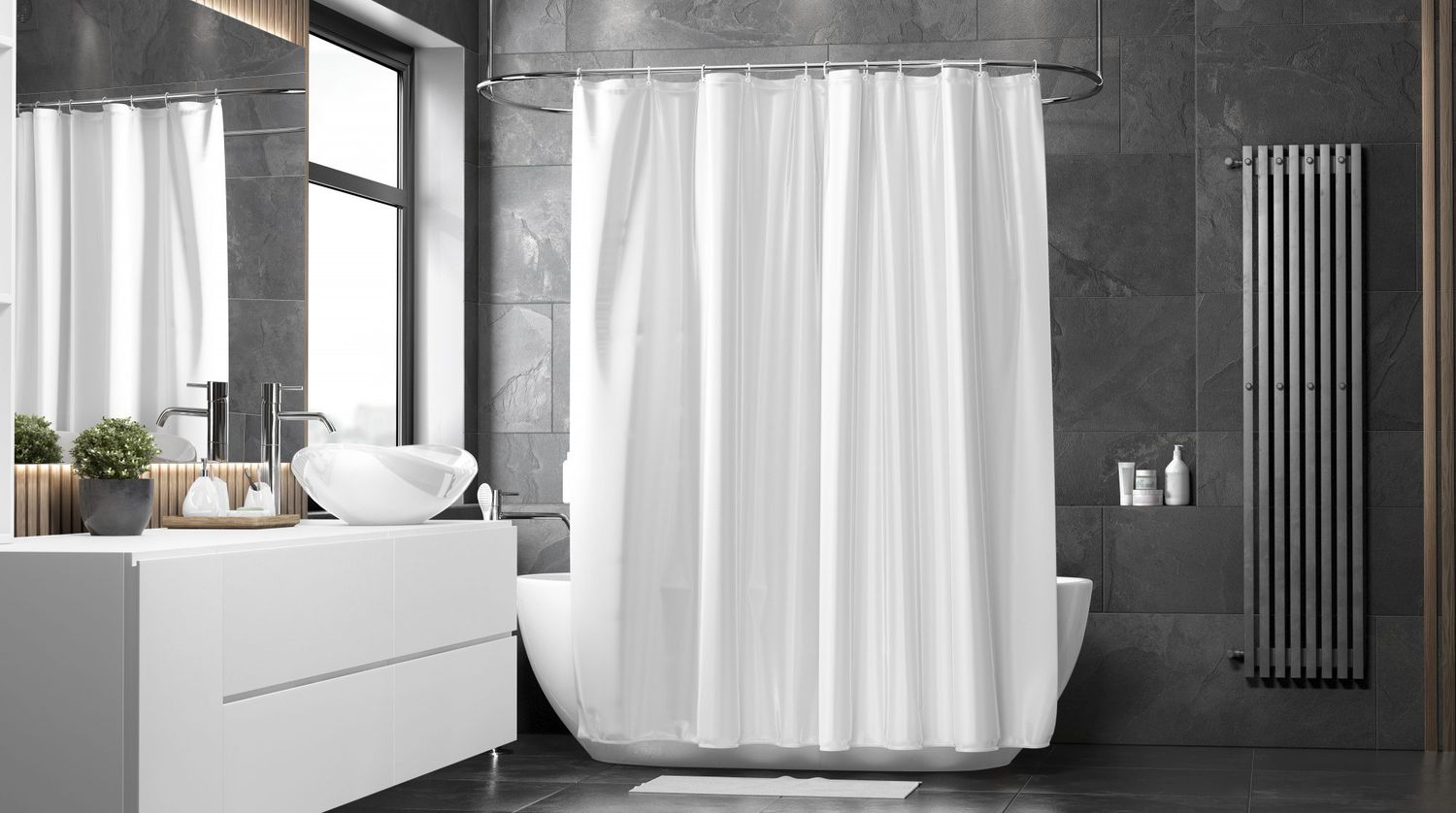

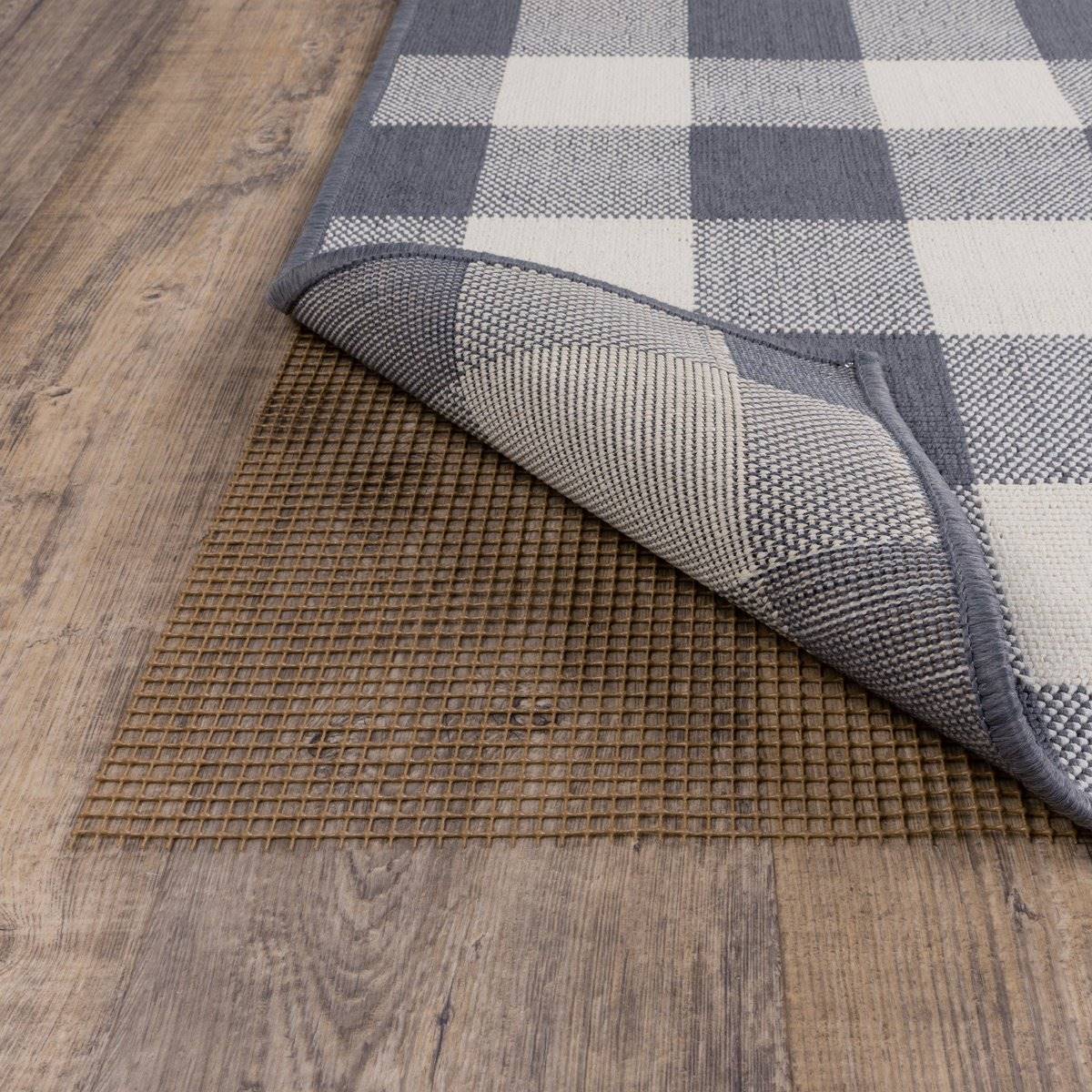



0 thoughts on “What Side Of A Shower Curtain Liner Goes Inside”